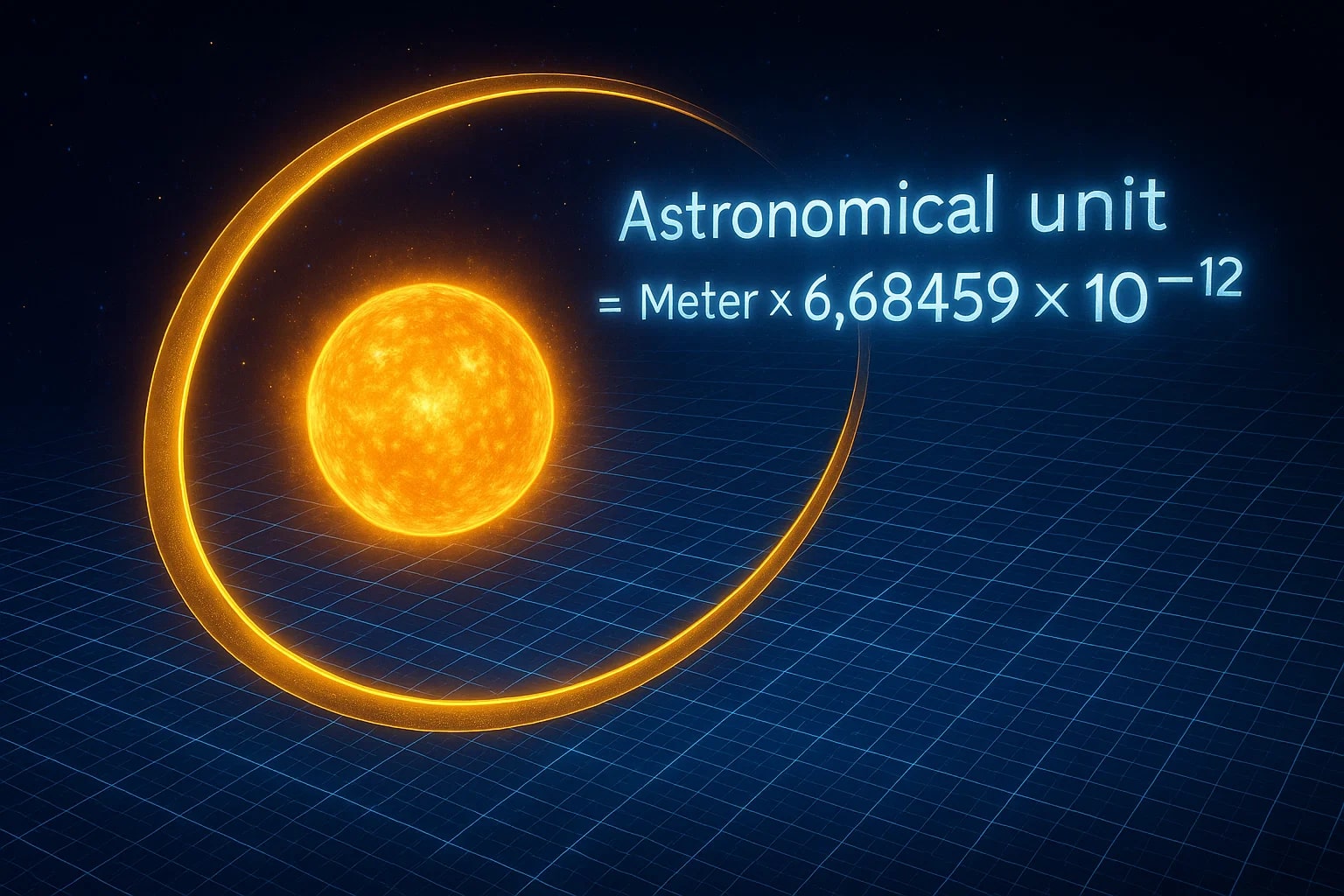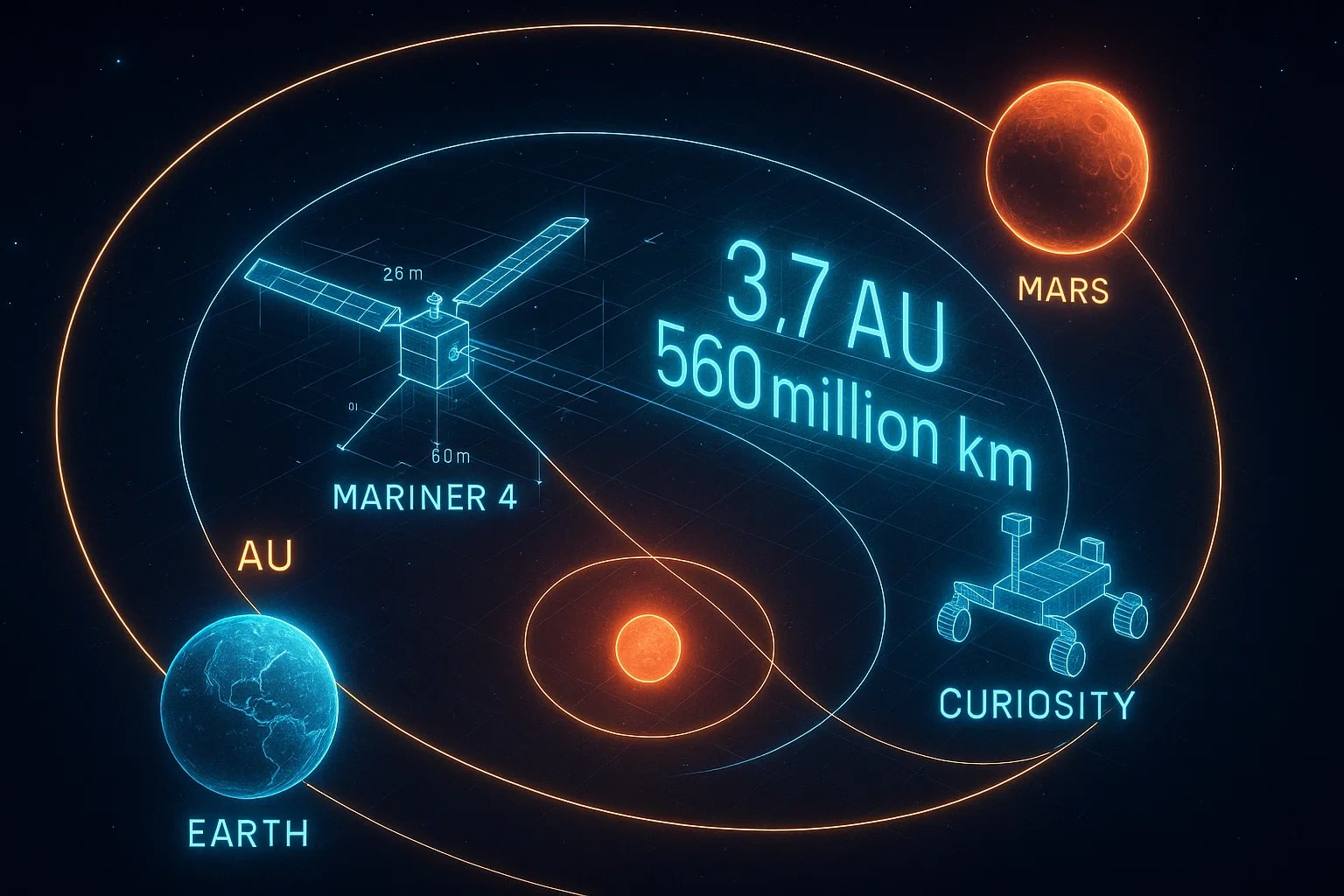unit to meter – How to convert au to m
The conversion from astronomical unit to meter is more than just a number on paper. It bridges the language of space science with the precision of Earth-based measurements. Whether you’re a student, researcher, or simply curious about how far our planet is from the Sun, learning how to convert au to m gives perspective on the vast scale of the solar system.

What is an Astronomical Unit (au)?
An astronomical unit, often abbreviated as au, is the average distance from the Earth to the Sun. It equals 1 au = 149 597 870 700 m. Astronomers use this unit to simplify enormous space distances without writing long strings of digits. Instead of saying a planet is billions of meters away, they can say it is a few au from the Sun.
What is a Meter (m)?
The meter is the base unit of length in the International System of Units (SI). Defined by the speed of light in a vacuum, it is a universal reference for science and engineering. Using meters ensures consistent calculations whether you are building a spacecraft or measuring a laboratory experiment.
How to Convert au to m
The formulas work both ways:
1 au = 149 597 870 700 m
astronomical unit = meter × 6.68459 × 10⁻¹²
For daily science work, these numbers are often written in scientific notation:
1 au ≈ 1.496 × 10¹¹ m.
This makes equations cleaner and easier to handle when dealing with planetary distances or orbital mechanics.
Do you know?
-
The astronomical unit became official in 2012 when the International Astronomical Union (IAU) fixed its length exactly at 149 597 870 700 m, removing variations caused by Earth’s orbit.
-
The meter, first defined in 1791, was originally one ten-millionth of the distance from the equator to the North Pole along a meridian. It shifted definitions several times until 1983, when it was tied to the constant speed of light.
-
Space missions like Voyager 1 use AU for distance updates. As of today, it is more than 160 au from Earth, meaning over 24 trillion meters away.
-
Popular films like The Martian use AU-based distances in the background. The story mentions Mars being around 1.5 au from the Sun, grounding fiction in real astronomical science.
From Earth to Mars: How AU and Meters Guided Exploration
In 1965, NASA launched Mariner 4, the first successful spacecraft to fly by Mars. Calculating its trajectory required precise use of both meters and astronomical units. Engineers mapped the orbit in AU to simplify planetary distances, then converted every step into meters for navigation and hardware operations.
This dual-scale approach became even more critical with later missions like the Mars Science Laboratory (Curiosity rover). The spacecraft traveled over 560 million kilometers, or about 3.7 au in its interplanetary path. Using AU helped scientists communicate broad distances, while meters allowed engineers to fine-tune engine burns, timing, and landing precision.
The relationship between AU and meters also framed humanity’s imagination. When newspapers covered these missions, the distances were often compared in AU to give readers an accessible sense of scale. But behind the scenes, mission control lived and breathed meters, down to the smallest adjustments of rocket thrust.
This blending of cosmic scale and human detail shows how one conversion connects lofty exploration with everyday engineering.

Wrapping up the Solar Scale
Converting au to m may look like a simple equation, but it carries centuries of science, exploration, and human curiosity. From defining how far Earth sits from the Sun to plotting a spacecraft’s landing on Mars, the relationship between these two units links imagination with precision.
For anyone exploring space data or planning calculations, tools like the Length Converter or the broader Conversion Tools make these big numbers more manageable.

